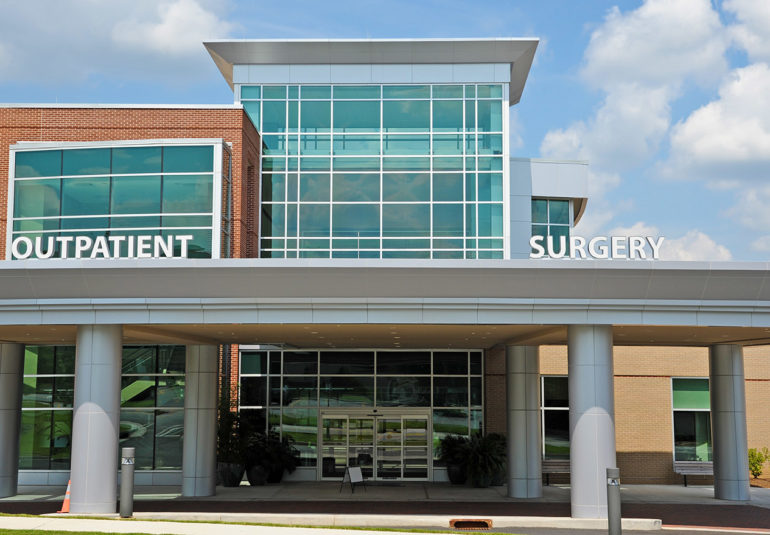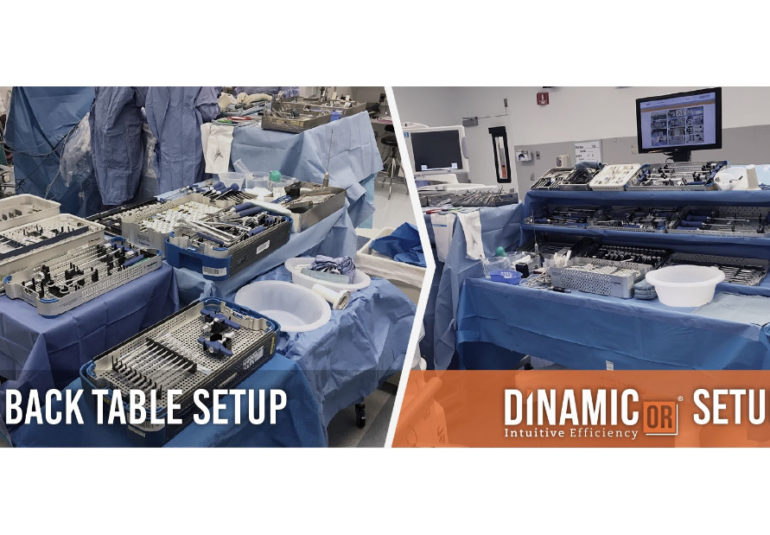

- DinamicOR
-
by feed_admin
Most non-medical people have the understanding that operating rooms in hospitals are models of efficiency, and that everything goes like clockwork. While this can be the case in some well-run facilities, they are the exception rather than the rule. In large part, this is because operating rooms tend to have set procedures which have been in place for long periods of time, and no one really questions them. However, a number of studies have been conducted at operating rooms all over the country, and in most of them, some considerable inefficiencies have been discovered.
What the inefficiencies are
Surprisingly, simple things like excess openings and closings doors have accounted for numerous inefficiencies in the OR. Of course, some of these are necessary, but many of them are not, and every time the OR door opens, the sterile environment is compromised. It gets restored quickly enough once the door is closed again, but each opening leads to a loss of sterilization. Believe it or not, this has been shown to be the largest single source of inefficiency in the OR, accounting for over 17 lost minutes per operating session.
Another major culprit turns out to be conversation and discussion which is unrelated to the task at hand. When hospital personnel are engaged in casual conversation in the OR, it can cause a loss of focus and a loss of efficiency. This might be difficult to overturn, especially since lighter talk is often encouraged to break the tension from the serious nature of the work. Expressed in terms of minutes, studies show that slightly more than two minutes per session is consumed in unrelated conversation, causing at least a minor loss of efficiency.
One major area of inefficiency turned up on studies of operating rooms is related to the equipment and instruments used in the room. There are three distinct areas included in the overall subject of instruments: item malfunction, missing items, and inappropriate setup. Together, these three are responsible for almost 18 minutes of lost time during a given operation. Since this fact turns up on every survey done in operating rooms, it seems apparent that it could be a simple matter to address this situation and regain some lost time in the OR.
Overcoming instrument and equipment inefficiencies
There is one very easy way to recover some of the time lost in the OR due to equipment and instrument issues. To avoid having your OR workflow get bogged down, it might be highly beneficial to have the DinamicOR Back Table Solution installed. The system consists of an adjustable back table, a durable drape, and the DinamicOR+ Workflow Management App. The three elements work together to dramatically beef up OR efficiencies through better instrument organization and visibility. In addition, the DinamicOR+ Workflow Management App allows you to map your preferred tray layouts for any procedure and then repeat them as needed. This allows the surgical team to find the instruments they need exactly where and when they need them.
Try the DinamicOR Back Table Solution in your OR and watch how much more efficient the routine becomes.


